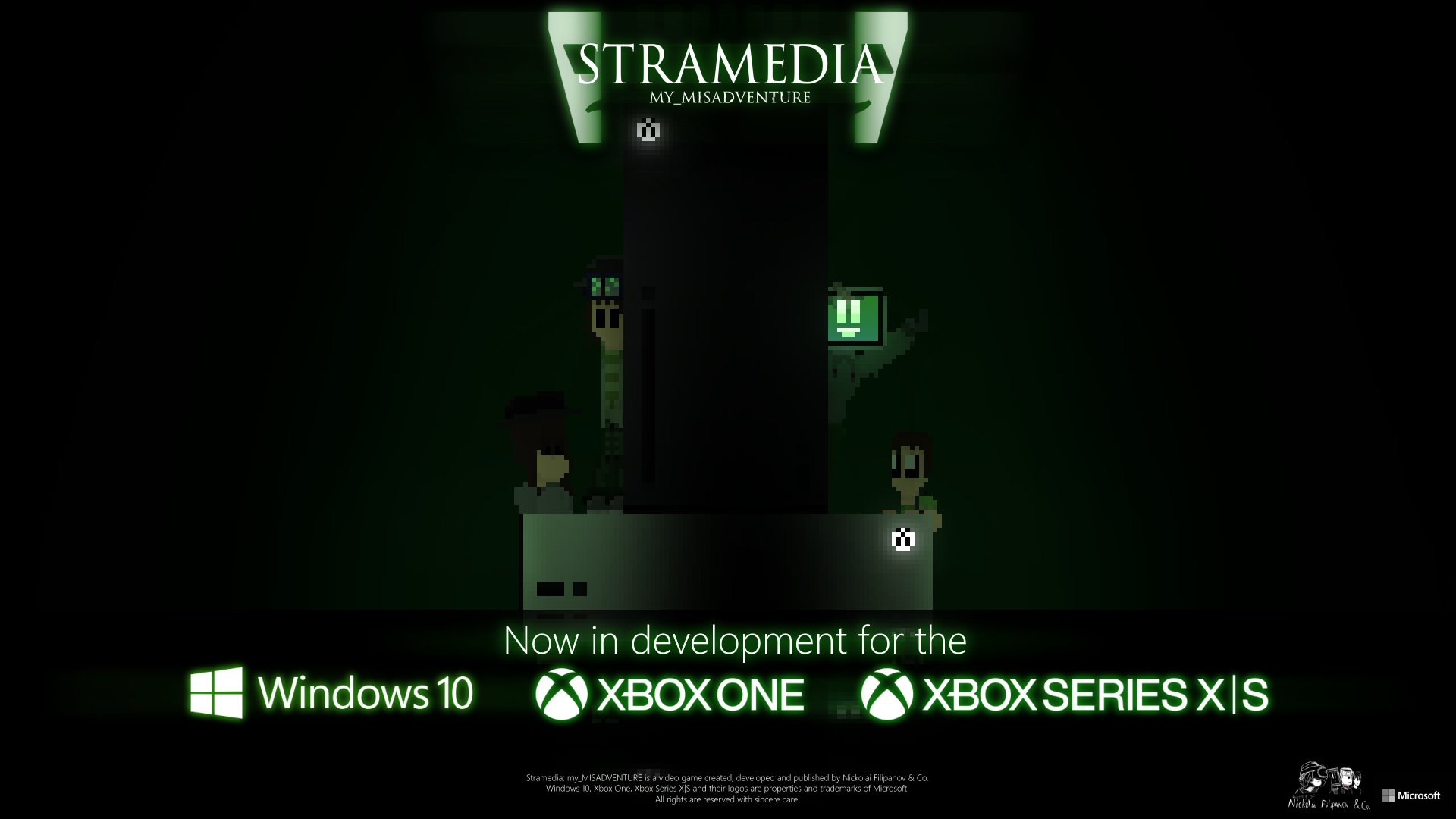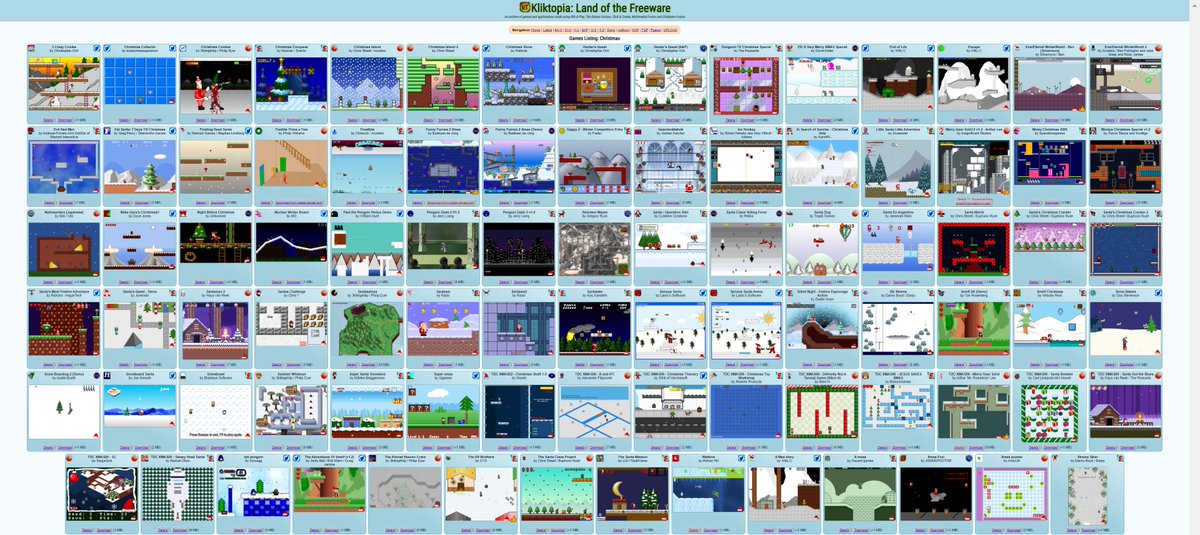

For example, if we track lip movements, we can generate the rightĪnimation to fit our face. Non-photorealistic graphics means computer graphics that do well enough withoutĪttempting to make images that look like camera images. Tools for video conferencing using this kind of multimedia idea.Ĩ.

Surf the Web to find out who is developing Microphones can detect a person’s bearing inaccurately but cheaply. Systems are precise, they are relatively expensive on the other hand, a pair of Tracking objects or people can be done by both sight and sound. Hint: Think about medical applications.ħ. List three key issues to consider and two applications of such a delivery (say) to a receiver to reproduce the same sensation. We have a smell sensor at one location and wish to transmit the Aroma Vector Your task is to think about the transmission of smell over the Internet. Necessary to convert to digital? What are the pros and cons to be analog or digital?Ħ. Discover a current media input, storage, or playback device that is analog. Yes, we could carry out the memex task today.ĥ. Memex is defined as a private file and library, empha sizing its personal nature. Briefly explain, in your own words, “Memex” and its role regarding hypertext.Ĭould we carry out the Memex task today? How do you use Memex ideas in your
#Multimedia fusion 3 software
While hypermedia is the name of a few software and programming tools.Ĥ.

Hypermedia is wider term than multimedia in the sense that besides dealing with audio, video and graphics, it also deals in World Wide Web.Hypermedia is a system which is used to make any media files in a presentable state. The term multimedia is associated with the presentation of media such as images, graphics, video or music with help of a computer or mobile.While hypermedia has only one non linear medium quality. Multimedia can be in two format, linear multimedia non linear multimedia.

The answer : the main differences between multimedia and hypermedia Discuss the relation between multimedia and hypermedia. We present performance studies that compare the two indices with the R-tree (appropriately modified, for a fair comparison) under a varying set of spatiotemporal queries, and we provide guidelines for a successful choice among them.ģ. The former is an R-tree based access method that considers the trajectory identity in the index as well, while the latter is a hybrid structure, which preserves trajectories as well as allows for R-tree typical range search in the data. Further, we introduce two access methods this kind of data, namely the Spatio-Temporal R-tree (STR-tree) and the Trajectory-Bundle tree (TB-tree). We present new types of spatiotemporal queries, as well as algorithms to process those. In this work, the focus is on a spatiotemporal sub-domain, namely the trajectories of moving point objects. Experimental validation and performance evaluation were also conducted in this study.ĭomains, so far, with little attention towards the true nature of spatiotemporal phenomena. In this paper, we propose a novel hybrid method for network mobility called Hybrid-NEMO, which provides a soft handoff scheme at the transport layer basically utilizing SIP and SCTP protocols to ensure a lossless packet-transmission environment and less handoff-delay variation, which are critical in providing QoS voice and multimedia applications. The network mobility protocol based on Mobile IPv6 as proposed by the Internet Engineering Task Force (IETF) in 2005 has some fundamental drawbacks, such as header overhead and the pinball problem. The movement of a network is called network mobility (NEMO). When users are in a mass transportation vehicle, e.g., a bus or a train that provides network service, the vehicle can be regarded as a network which is serving users as it moves from one location to another. In a heterogeneous wireless environment, seamless mobility is the basis of network support with which mobile users who roam between or among various wireless access networks are able to fully enjoy uninterrupted wireless services.


 0 kommentar(er)
0 kommentar(er)
